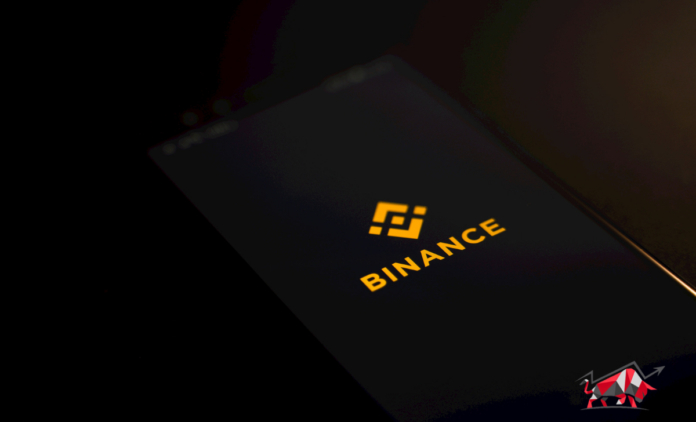Binance, one of the world’s largest cryptocurrency exchanges, is gearing up for the implementation of the Markets in Crypto-Assets Regulation (MiCA) rules concerning stablecoins.
What is MiCA Regulation?
MiCA aims to establish consistent regulations for crypto asset issuers within the European Union (EU). It sets standards for stablecoins, also known as asset-referenced tokens, that have not yet been regulated in the EU.
In response to MiCA, Binance is categorizing stablecoins into two groups: “regulated” and “unauthorized.” This classification is based on their compliance with the new regulations.
Transitioning to Regulated Stablecoins
Binance plans to transition users from unauthorized stablecoins to regulated ones over time as more compliant stablecoins become available in the market.
To comply with MiCA requirements, Binance will primarily adopt a “sell-only” strategy. This means that users will only be able to sell unauthorized stablecoins through the Binance Convert function.
As of now, no official rulings have been made regarding which stablecoins are compliant with MiCA. Binance estimates that only a few stablecoins meet the requirements at present.
Binance, with approximately 196.6 million users worldwide, aims to minimize any potential negative impacts on the crypto market by carefully managing the transition process.
MiCA Implementation and Market Response
MiCA was enacted into law in May 2023, and Binance is not the only exchange taking preemptive action ahead of its implementation. Despite some uncertainty, experts generally view MiCA favorably, with concerns mainly focused on stablecoins.
While opinions are divided on the overall impact of MiCA, some experts, such as European Commission economist Joachim Schwerin, believe that it could lead to greater acceptance of stablecoins within the EU.
As Binance and other exchanges prepare for MiCA, the crypto market awaits further developments in stablecoin regulation.


